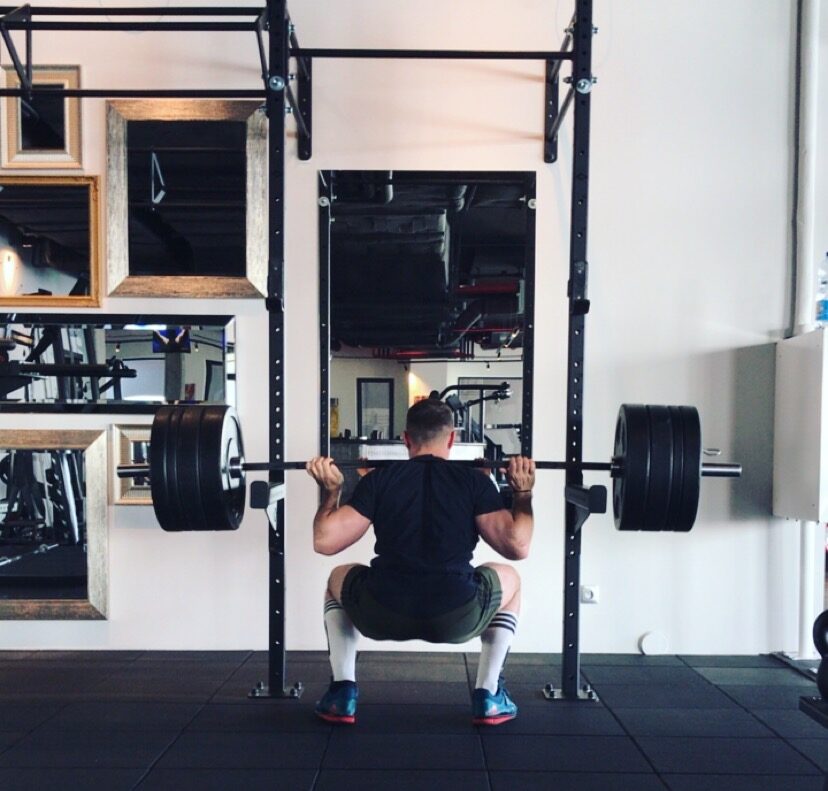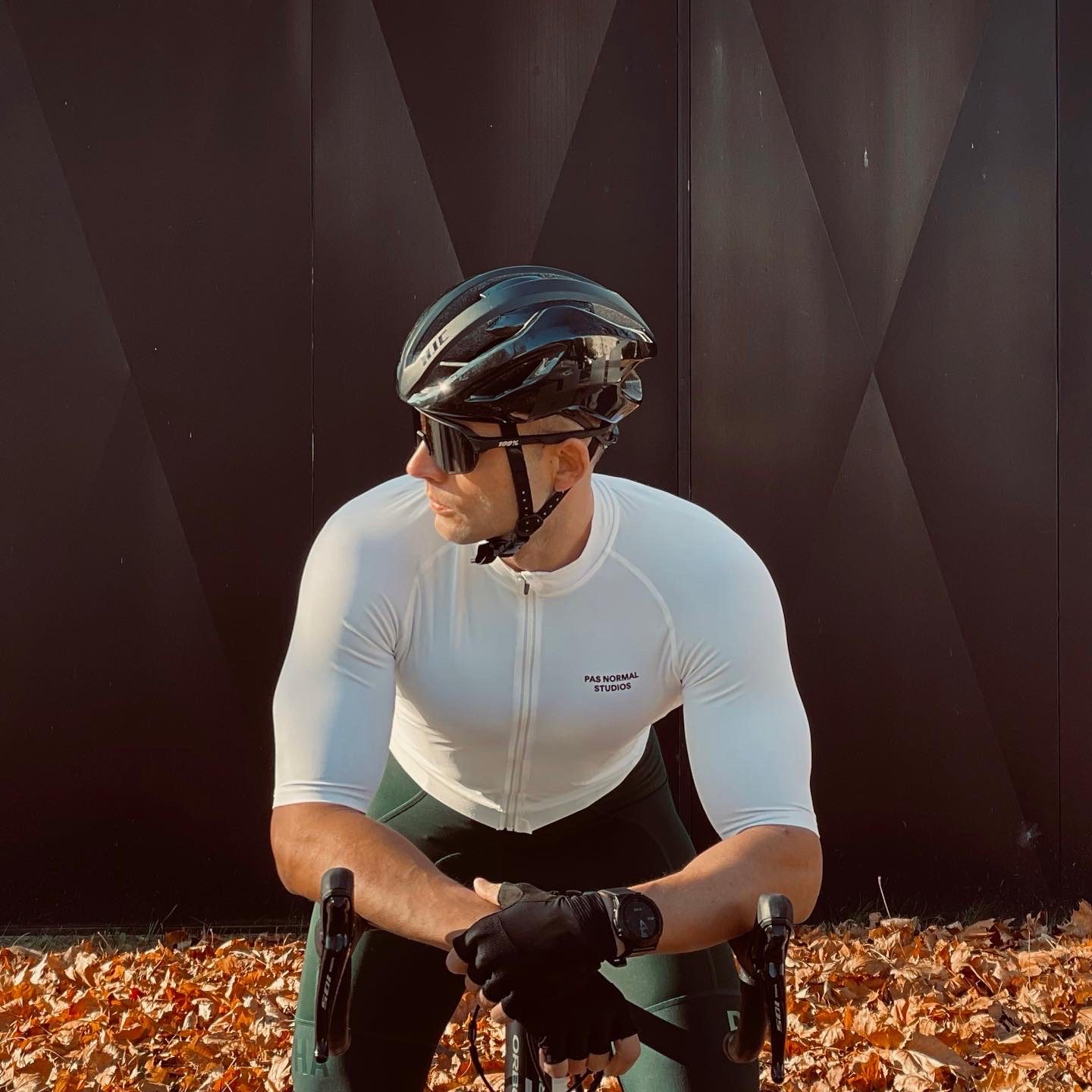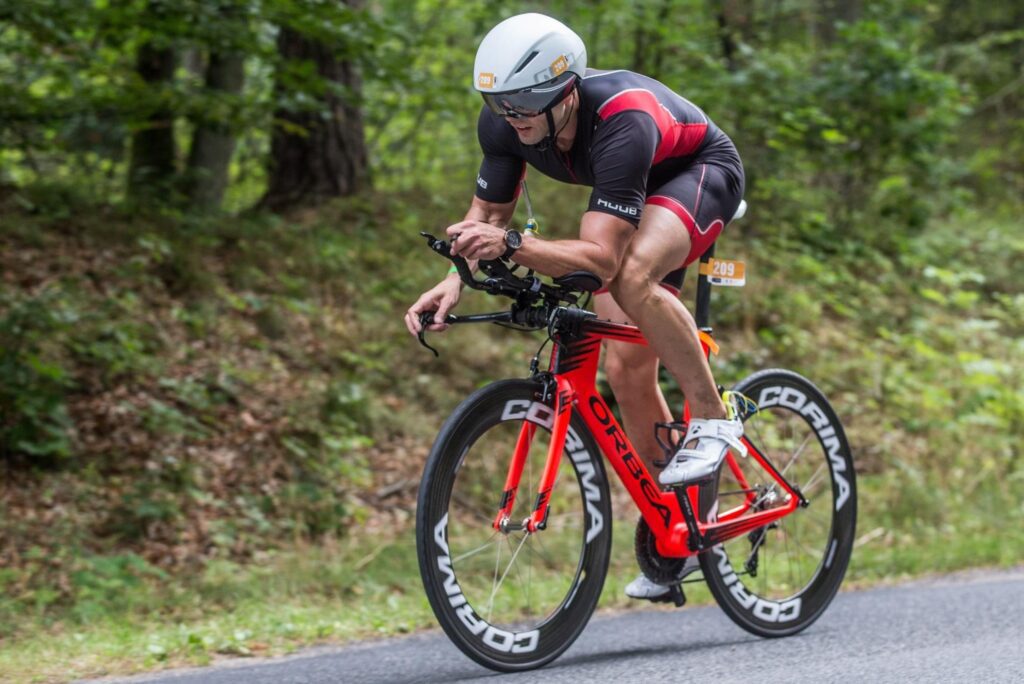
Strength training for cyclists
Improve on the road
Whether you’re a professional or amateur cyclist, strength training is an important part of your overall fitness routine. Strength training can help improve both your on-bike performance and recovery from hard rides and races—but it’s not as easy as just going to the gym and lifting weights. Properly incorporating strength training into your cycling program requires planning and consistency over time, but that work will pay off big when you see yourself improving out on the road.
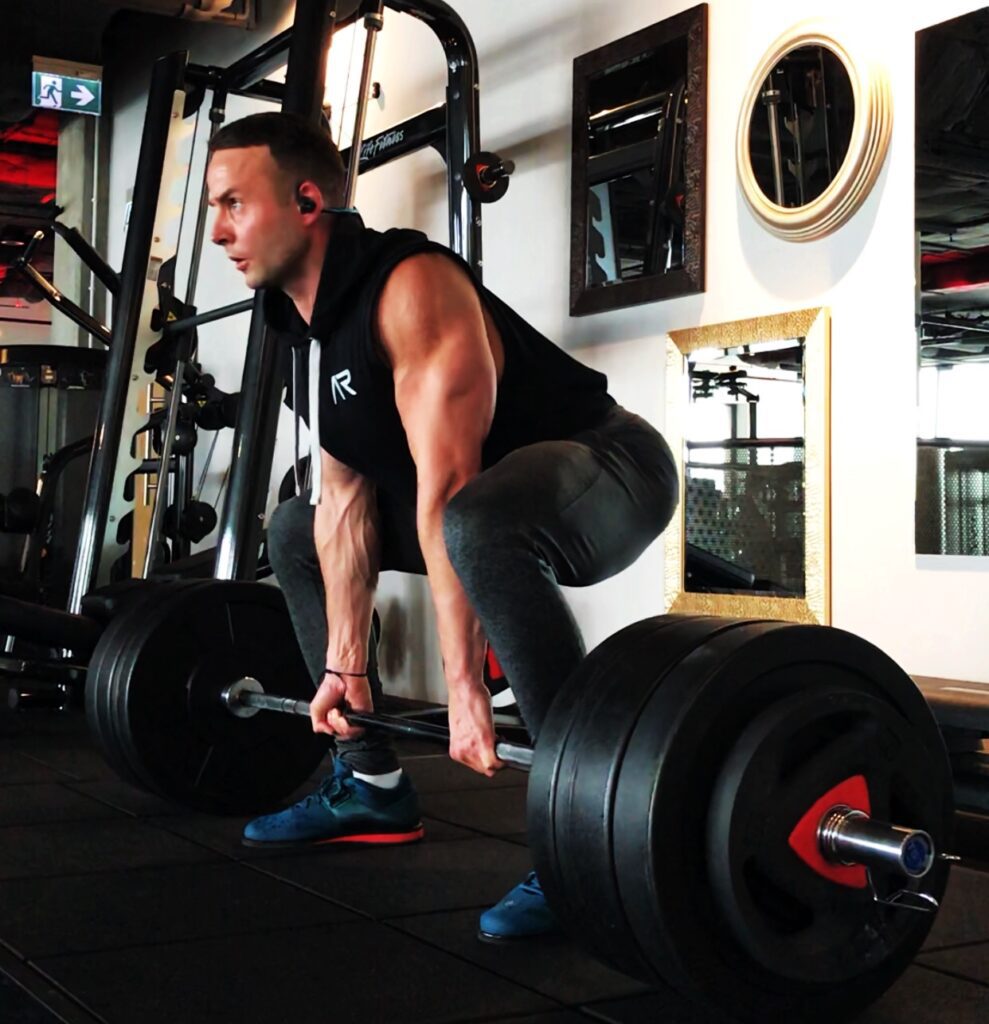
Get a baseline fitness assessment.
You should know your baseline fitness level before you start any strength training program. A fitness assessment is a test to measure your current strength and power capabilities. It gives you an idea of what type of exercises you should use, whether or not to incorporate resistance training into your cycling routine, and how much weight you should lift for each exercise.
It’s also useful for athletes who have been away from the gym for a while and want to see how far they’ve come since their last visit. If you’re just starting out with strength training but aren’t sure where to begin, a baseline evaluation can help determine which exercises would be best suited for your needs at this time in order to make it easier on yourself when building up over time!
A typical fitness assessment will include several tests involving different muscle groups (such as squats) which provide information about both neuromuscular coordination and muscular strength.
Core development.
Core strength is essential for cyclists. You need to be able to hold yourself up, shift your weight between the pedals, and control your bike when you come into corners at speed.
Core exercises are those that target the trunk muscles that support the spine and pelvis, such as the abdominals (rectus abdominis), transverse abdominis, and spinal erectors (erector spinae). These muscles work together during each stroke of pedaling – holding you upright while pushing down on the pedals with both legs. They also help absorb shock when riding over bumps and rough roads, so they should not be neglected!
Incorporate these exercises into your strength training routine
Weighted Planks (with the additional weight in form of the plate, placed on your back)
One leg kneeled anti-rotation – utilize the strongest rubber band that will let you hold the position for no more than 10 seconds.
Medicine Ball Slams – extend yourself slightly lifting your heels from the floor, bring the ball overhead like you want to reach the sealing, and slam it to the floor. Utilize the ball that will allow you to do no more than 4-6 slams without the loss of form, movement speed, and power.
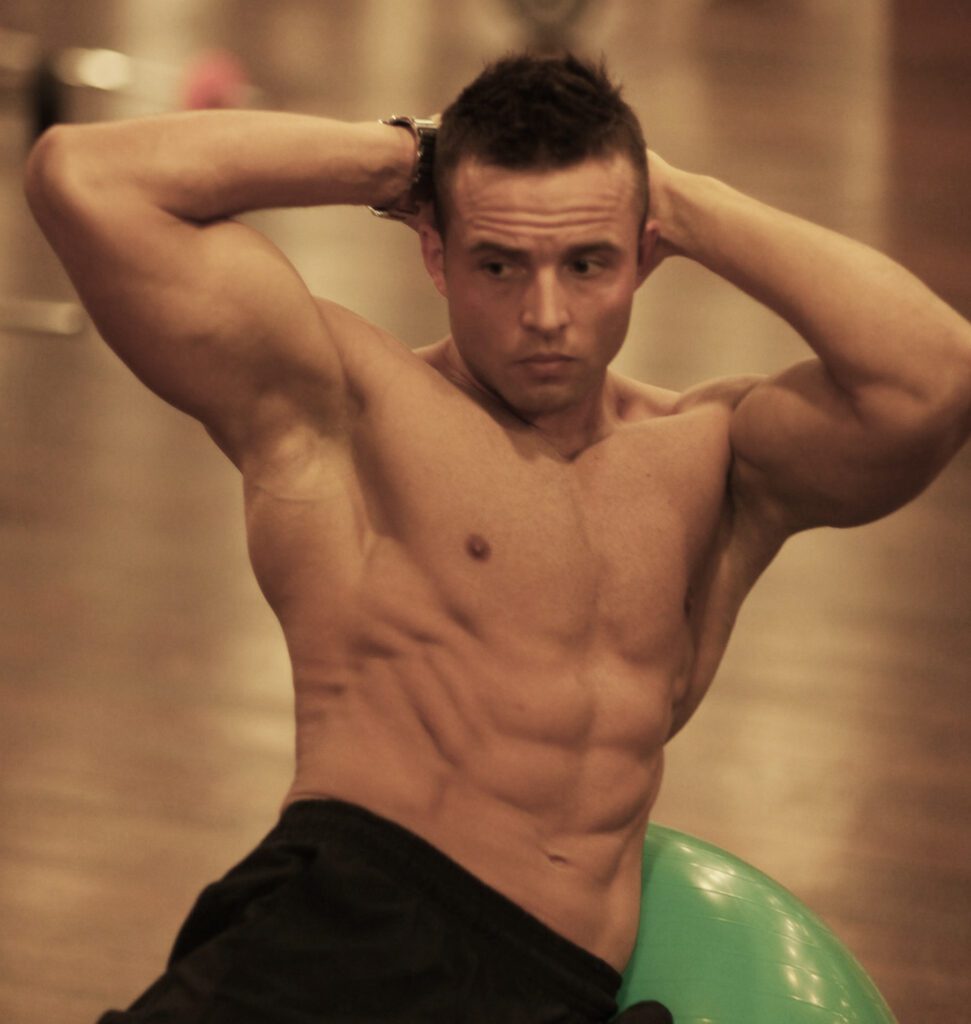
Upper body exercises.
Push-ups and weighted pushup. The push-up is one of the most basic exercises for your upper body, but it can be improved with a couple of simple tweaks. Placing a weight plate on your back increase the difficulty of this exercise by forcing you to use more muscle fiber in order to complete each rep. A common variation is to elevate your feet on a surface like a sofa or a chair (called “decline pushups”) which puts more emphasis on your chest and shoulders than normal.
Pull-ups / inverted rows. Although they seem unrelated at first glance, both pull-ups and inverted rows work almost exactly the same muscles as each other: back muscles such as rhomboids and latissimus dorsi (lats), trapezoidal (traps), deltoids (shoulders), and biceps. These are all important muscle groups that cyclists need strong in order to maintain good form while riding; hence why they’re often prescribed by coaches as excellent strength training exercises!
Two-point supported dumbbell row: This variation of the dumbbell row helps engage core stability while also building upper body strength so that you can ride faster uphill without getting out of breath halfway up!
Lower body exercises.
Lower body exercises are often neglected in cycling training protocols, but they can be critical to improving performance. If you’re not familiar with lower body exercises, start by learning how to squat correctly. The squat is a functional exercise that will improve your cycling strength and power transfer from the legs to the pedals.
Once you’ve mastered the squat, try adding some weight (a barbell or dumbbell) for more resistance as well as strength improvement. Perform two sets of five repetitions in good form before adding more weight or increasing repetitions per set over time—remember that slow progress is better than no progress! Try doing squats at least two times per week on nonconsecutive days, with a weekly volume of 6 – 12 sets.
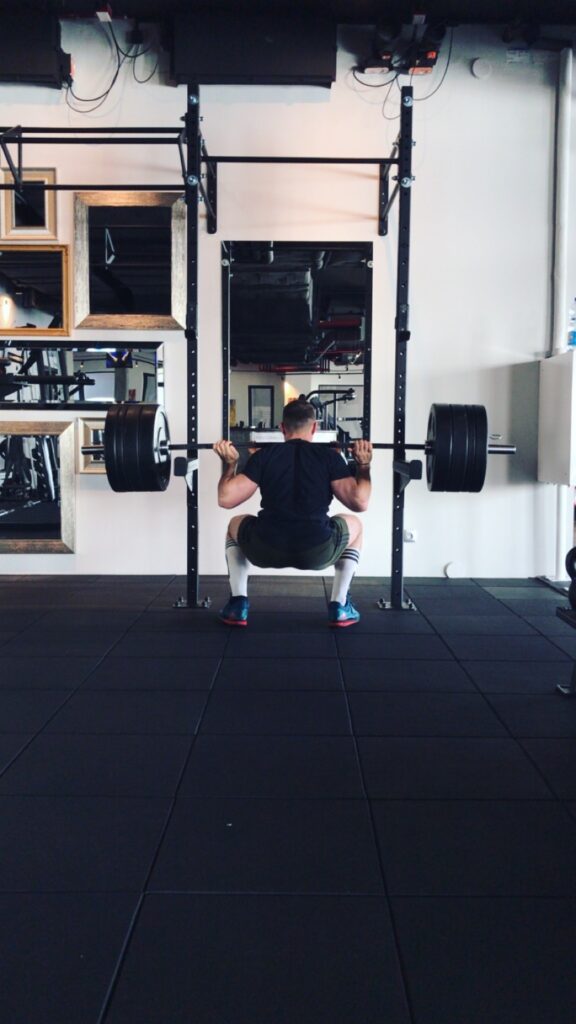
Staying strong off the bike can make you faster on the bike.
Strength training is important for cyclists because it can help prevent injuries. The thicker your muscle fibers and tendons are, the less likely you are to injure them when training or racing. Strength training also helps you ride faster and climb better. It will give you more power in the saddle and speed on hills so that when it comes time to race, you don’t have any regrets about not having trained hard enough.
In addition to preventing injuries, strength training can also make recovery easier after a ride or race. A loads-adapted body means fewer aches and pains during recovery after the intense rides as well as an overall increase in performance over time.



